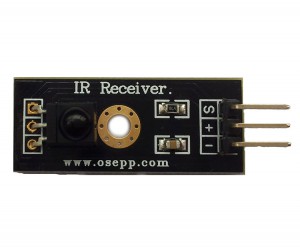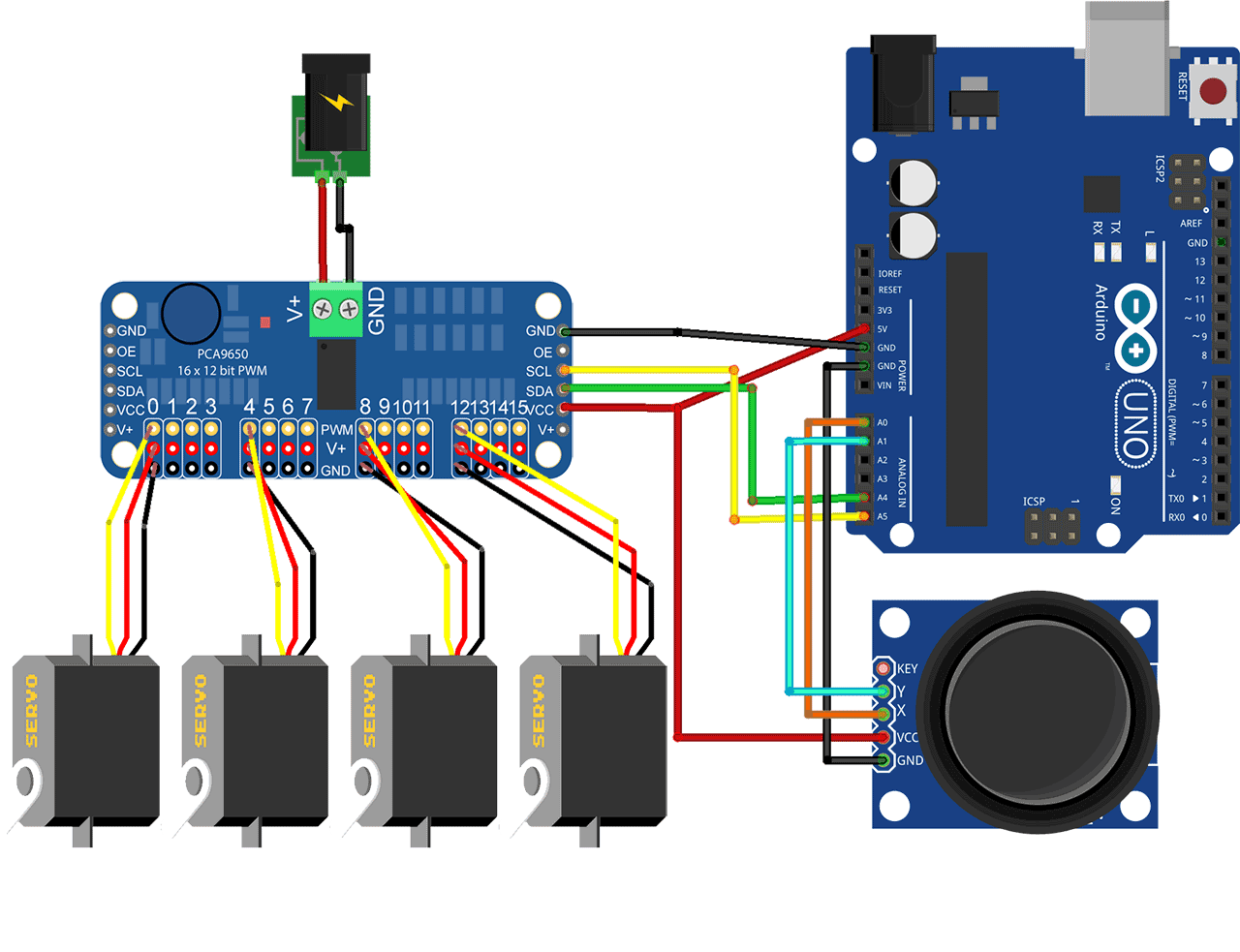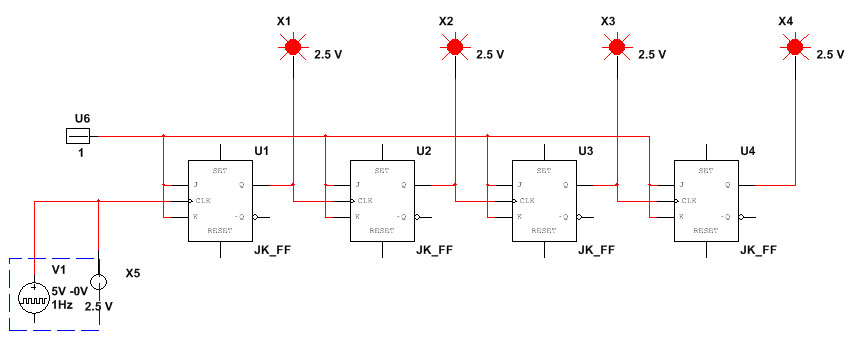


For instance, in Altium if you screw up a pin number on a schematic you are screwed and you have to go through your netlist part by part and figure out what the issue is. Some simulation packages have created solutions or tools to deal with these problems - Cadence Advanced Analysis has auto-convergence, part editors, and a couple other tools. For instance, it can be a witch hunt sometimes locating a mistake in your netlist or figuring out why your simulation won't run. This is where the Altium simulation package could use improvement along with numerous other packages including HSpice 2008 (most recent version I have used) and standard PSpice. There are a lot of tricks: lowering the error tolerance, shunt resistors at the nodes with very high values, specifying initial conditions for some components, and a couple others you can get the simulations to run. The error messages are cryptic and even if a circuit is setup properly from the perspective of a "normal circuit", sometimes you can have real issues getting it to run right. It is a powerful program but was written with a emphasis on mathematical calculations and not with much attention paid to the user interface or user assistance. B 0 T i=(165+(0.07229* ((2*i(Vt))**(-1.5)))) Rpar 0 T 1 Cpar 0 T 2.u That might put you on the way to having it work.Most simulation packages are based on Spice from Berkeley. If Multisim does not allow Rpar and Cpar, then just remove them from the line and add a separate resistor and a capacitor in parallel with B (also connected to terminals 0 and T). Ignoring Cpar for the moment, generating a current i with a 1 ohm in parallel with it, is almost the same as generating a voltage of the same amount. e elite namestiti This means that any simulation may contain components that are analog, event driven (digital or sampled-data), or a combination of both Hi, I am looking for circuit diagram of ECG Simulator (preferebly 12 Lead) ) Free SPICE3-based Analog & Mixed Signal Simulation Software Cartouche Model T Upholstery 0 0.

In addition, Rpar and Cpar are connected across it. The line with "B 0 T" is a current source, whose current behaves according to the formula. I think they are similar in PSPICE and LTspice, so not unique to only LTspice. Can't you find another forum that is about Multisim? Lines 5 and 6 - the ones that begin with "B" - are behavioral sources, ones that are described using an arbitrary formula. Double click the Word Generator component to configure the settings. The pin numbers on the electrolytic capacitor are not normally visible but are shown to illustrate a. The LT and BI pins are connected to power. Schematic drawing of a simple, one-transistor amplifier. The enable (EN) - (LE in Multisim) pin is grounded. The output pins (0-7) on the Word Generator are used to connect the BCD of the 4511BP chip. This group is about using LTspice, so a question about Multisim is not appropriate here. Wire the circuit by connecting the segments A-G to the decoder.


 0 kommentar(er)
0 kommentar(er)
